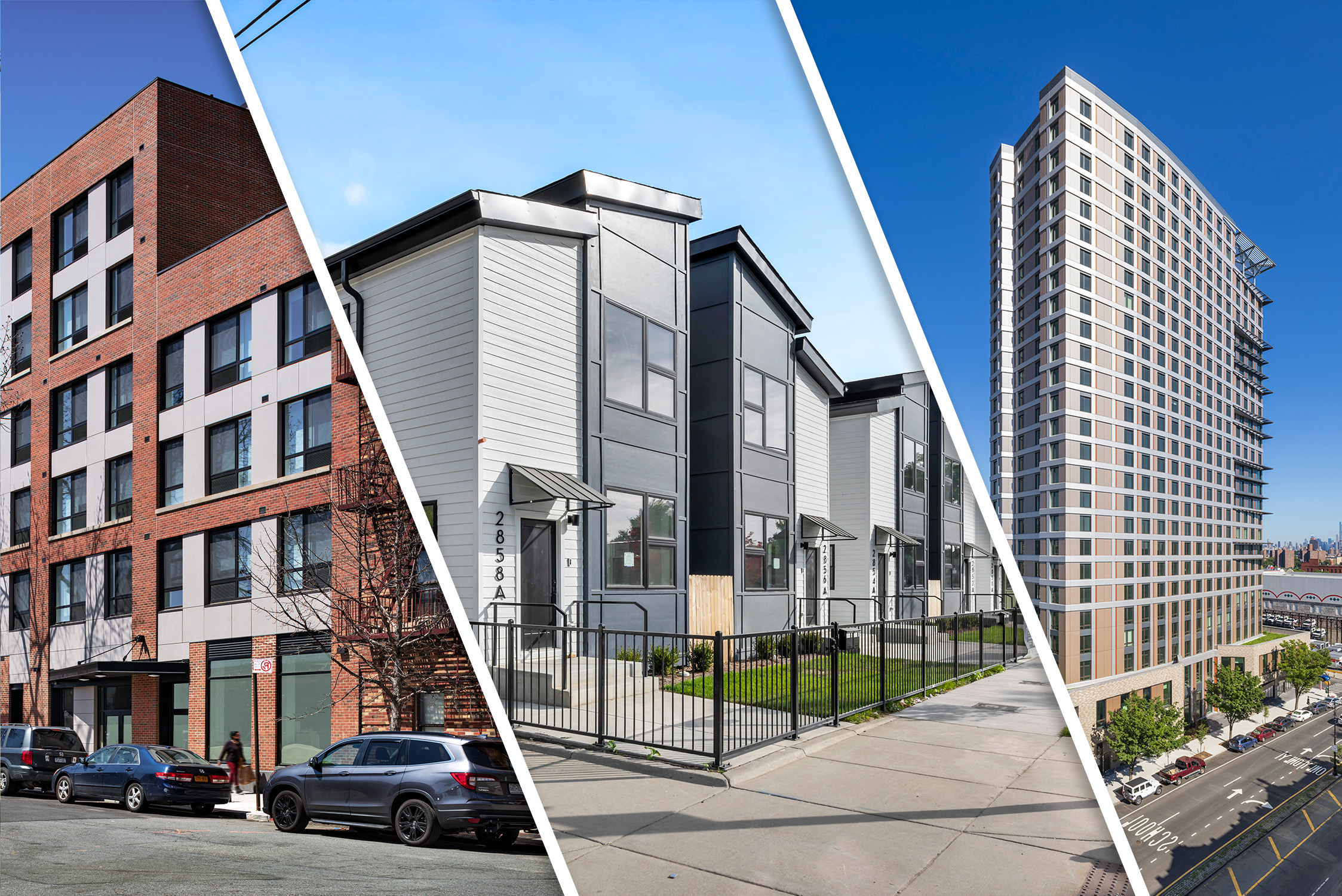In our latest call for entries, Building Design+Construction collected over 20 multifamily projects with a focus on affordable housing. These three developments faced certain obstacles during their building processes—from surrounding noise suppression to construction methodology.
This article is part of BD+C’s 2023 affordable multifamily project roundup. While this article focuses on projects that faced unique challenges during their building processes, other categories include Passive House-designed developments, mixed-use communities, and more. The entire list of projects can be found here.
683 Thwaites Place
Bronx, N.Y.
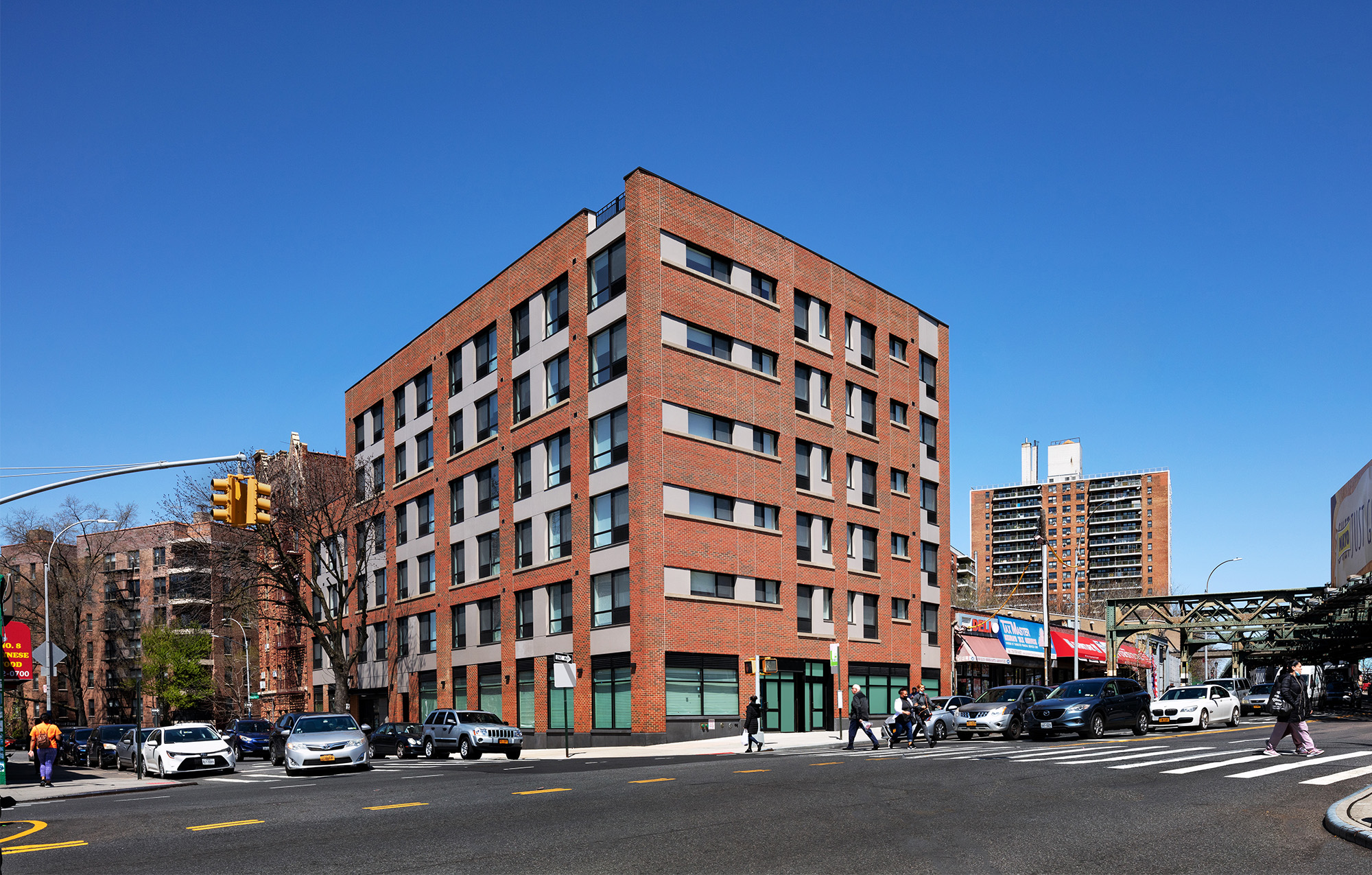
683 Thwaites Place is a for-profit development featuring 36 high-quality affordable apartments, street-level retail, and community spaces. The surrounding Allerton neighborhood of the Bronx presented an ideal opportunity for developer Volmar Construction: An area where market-rate units rent at rates only marginally higher than those earmarked as affordable.
The site—under 4,000 sf and directly facing an elevated platform serving subway trains—presented multiple challenges. For one, the typical block-and-plank technique was a nonstarter, so architect RKTB selected a metal “deep deck” system as an alternative approach. Additionally, the architects had to devise a way to reduce the levels of noise from passing trains for residents, and also complete a thorough review process to ensure the development would pass muster with the Metropolitan Transit Authority (MTA). RKTB worked with specialty consultants for both MTA compliance and noise mitigation, passing many levels of review and approval before construction could even commence.
The façade design tackled the noise issue by minimizing window openings on the side facing the train and elevating them to almost a clerestory height, compensated for by openings to bring in light and air on other sides. Only the bathroom and kitchen of a single unit on each floor is located along the train-side wall. Additionally, the sustainably designed building incorporates rooftop solar panels and a high-performance thermal envelope as strategies for reducing energy costs.
On the Building Team:
Developer, GC: Volmar Construction
Architect, Interiors: RKTB Architects
Structural Engineer: Brooker Engineering
MEP Engineer: Joselow & Associates
Green-Building Consultant: The Association for Energy Affordability, Inc. (AEA)
Building Code Expeditor: Nagan Ex, Inc.
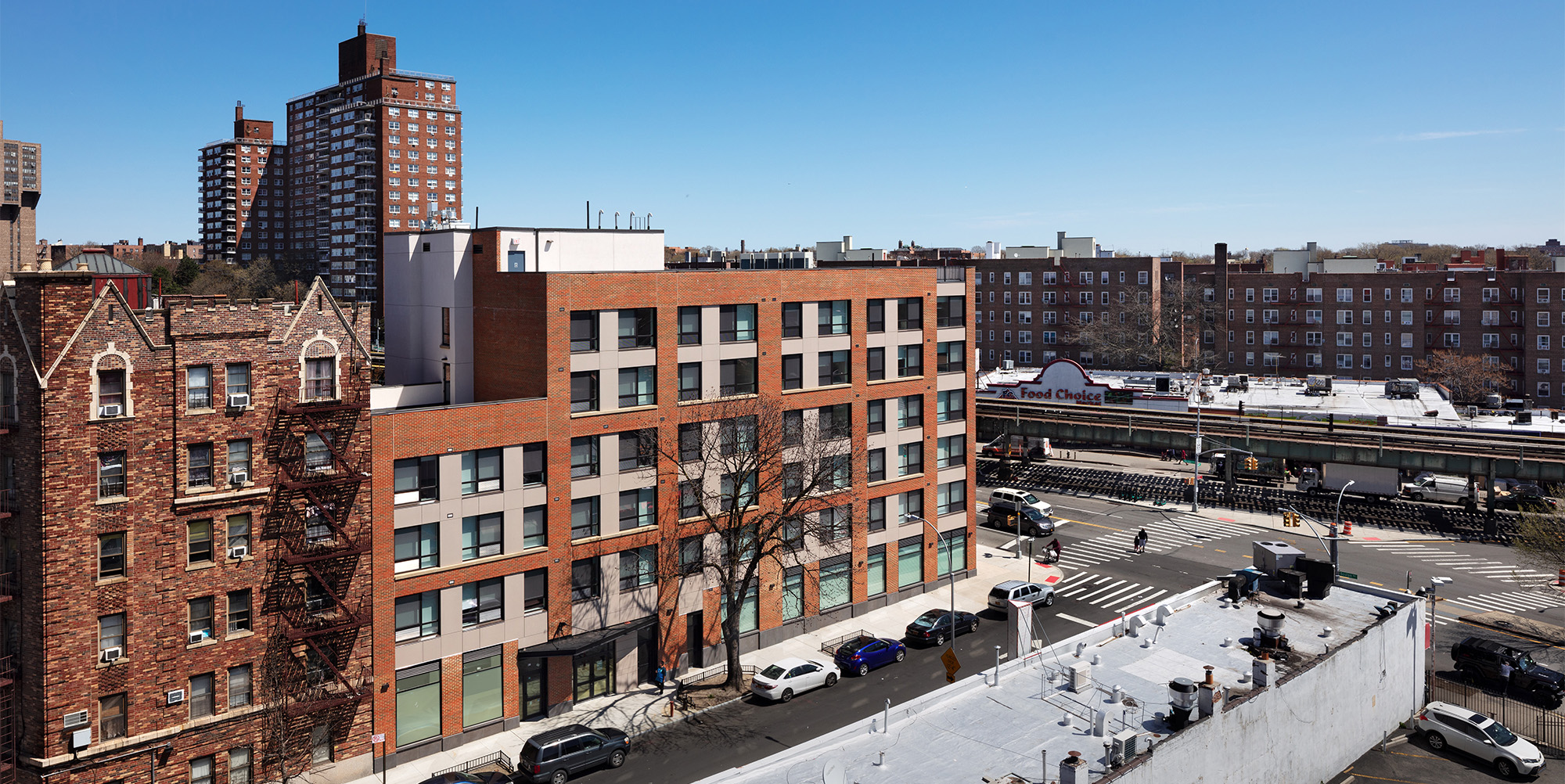
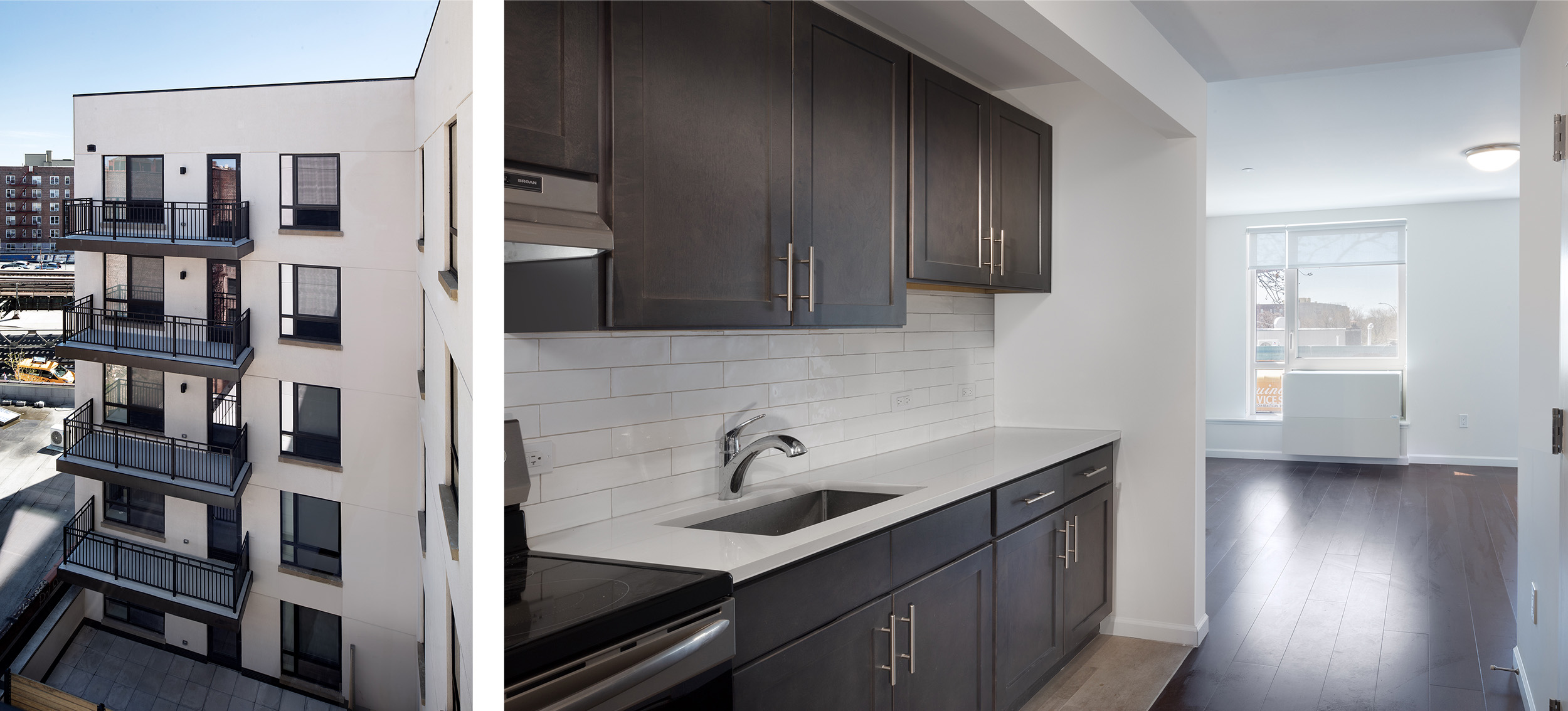
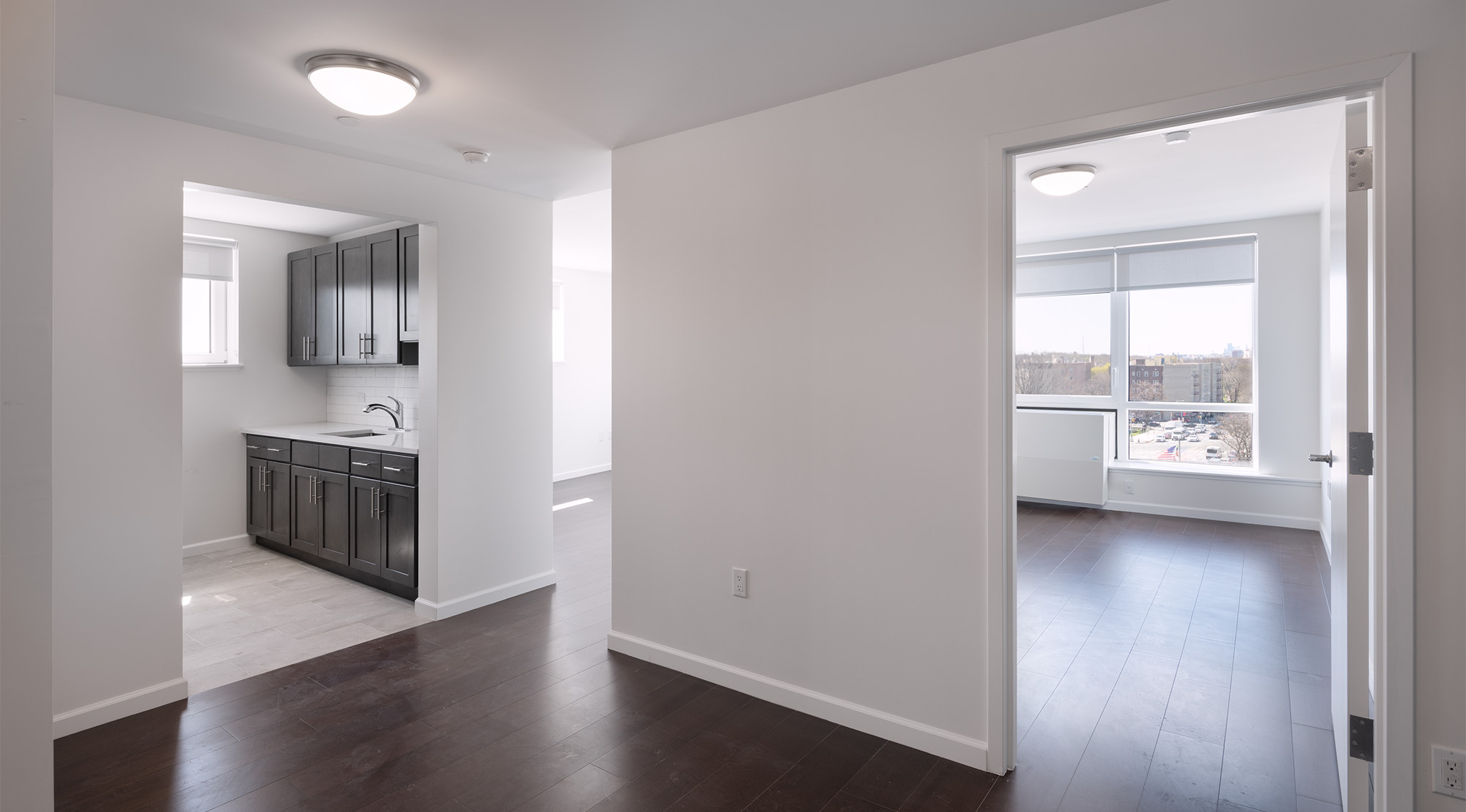
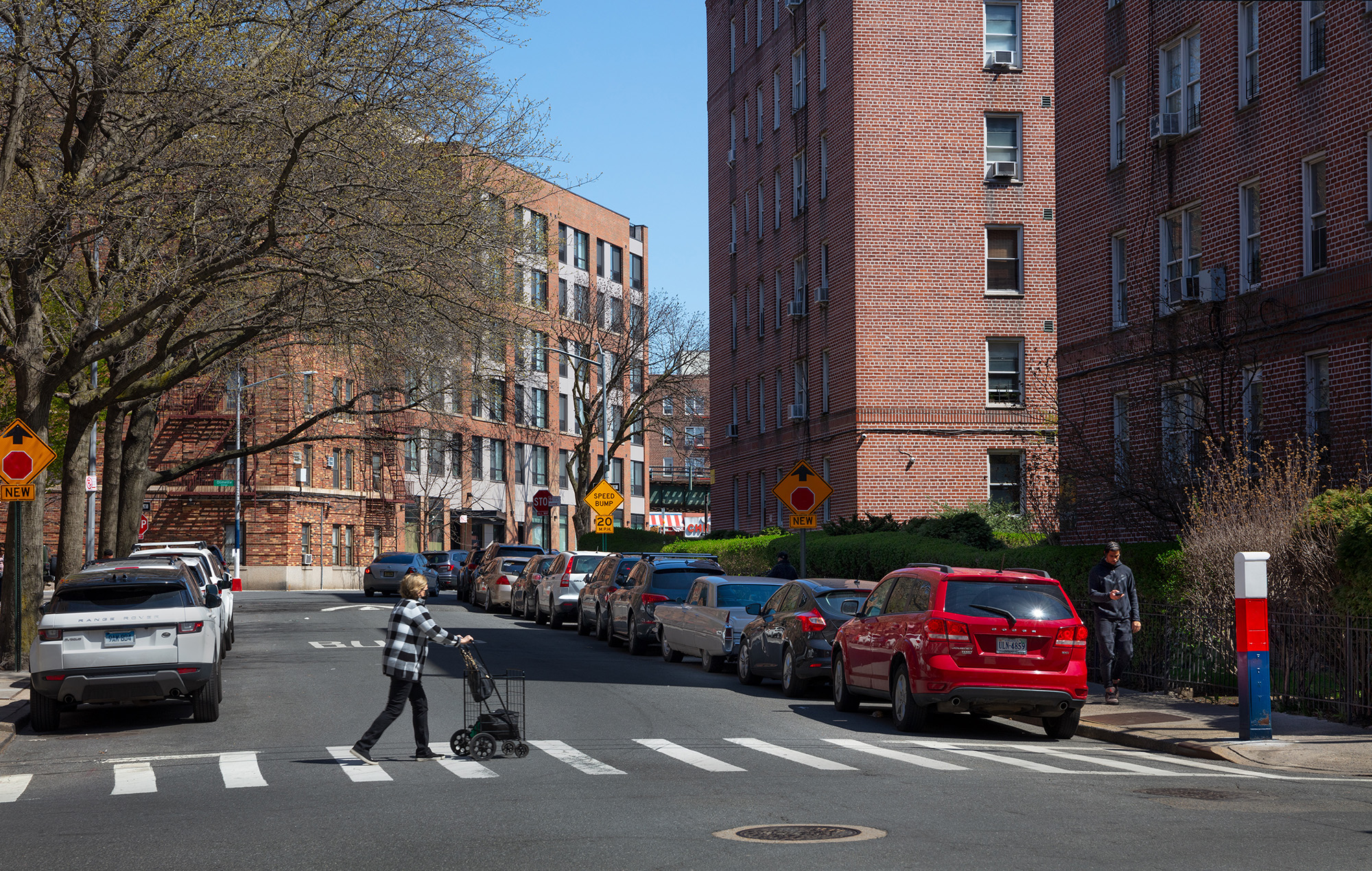
Harrison Row Townhomes
Chicago, Ill.
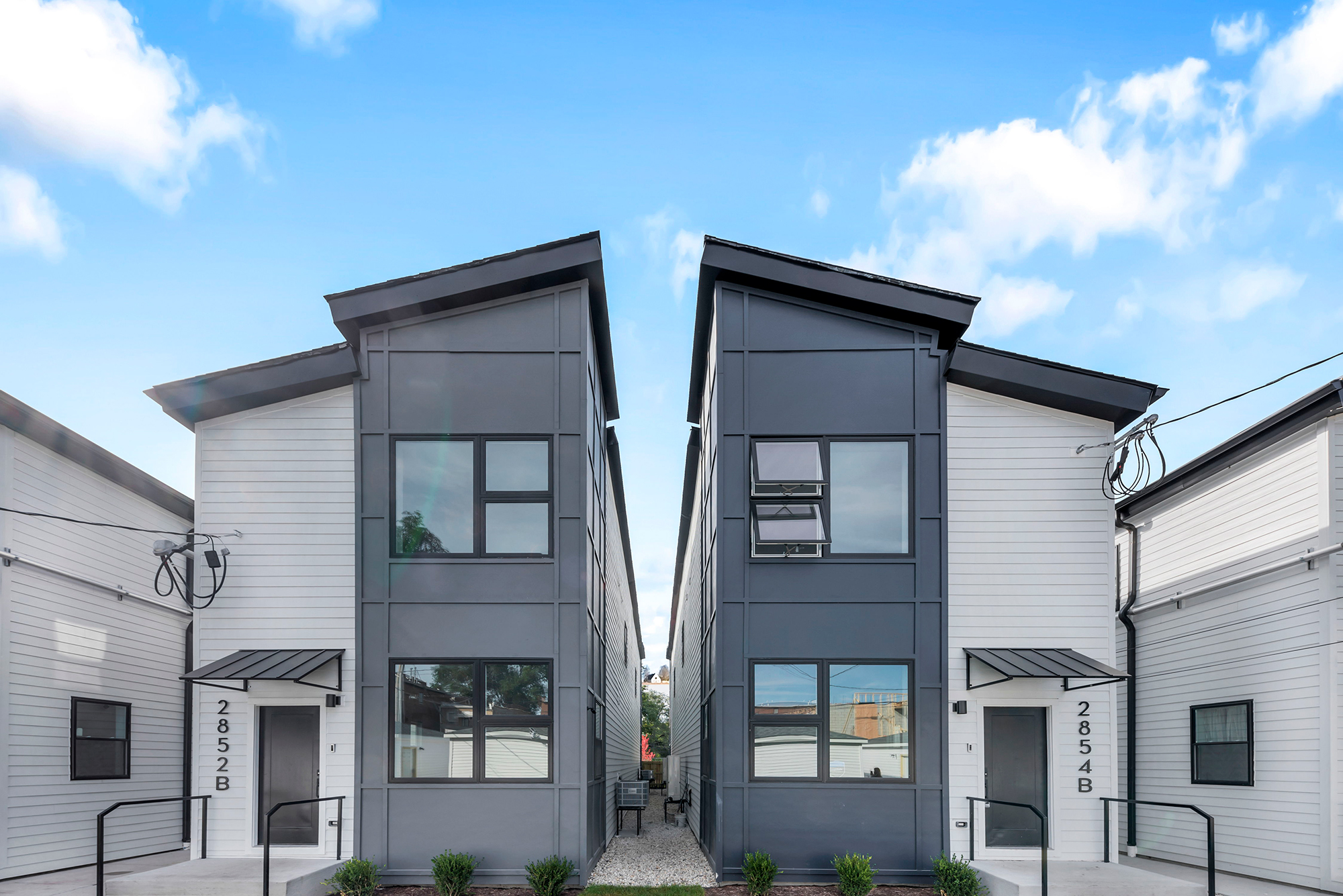
Harrison Row Townhomes is a 40-unit housing community in East Garfield Park, Chicago, Ill., for households earning up to 120% of the area’s median income (AMI). Twenty-eight of the units were built by Chicago-based Kinexx Modular Construction, marking the first townhome application of the company’s modular designs, with residences placed back-to-back rather than side-by-side. The residences at Harrison Row are all family-sized, with three or four bedrooms and 1.5 to 2.5 baths—and, uniquely, are for-sale rather than rental.
Structured partnered with Fain’s Development, LLC, a Black-owned developer based nearby in East Garfield Park, on the project – first as a mentor during Phase One, then as a joint venture partner on two of the 28 modular units in Phase Two. Kinexx manufactured the modules in its Southwest Side factory and transported them to the site for assembly on a standard perimeter foundation. When complete, the homes are indistinguishable from those built using traditional construction methods, with no seams visible. Kinexx is the first company to design, build and install a modular home in Chicago, with plans customized to the city’s typical lot size.
On the Building Team:
Developer: Structured Development
Architects: Axios Architects, Ellipsis Inc.
Structural/Civil Engineers: Webster, McGrath & Ahlberg, Ltd., Kinexx Modular Construction
MEP Engineers: Axios, Ellipsis Inc
Landscape Architects: Reveal, First Choice Landscaping, Diaz Landscape
General Contractor: Kinexx Modular Construction, Chicago Common
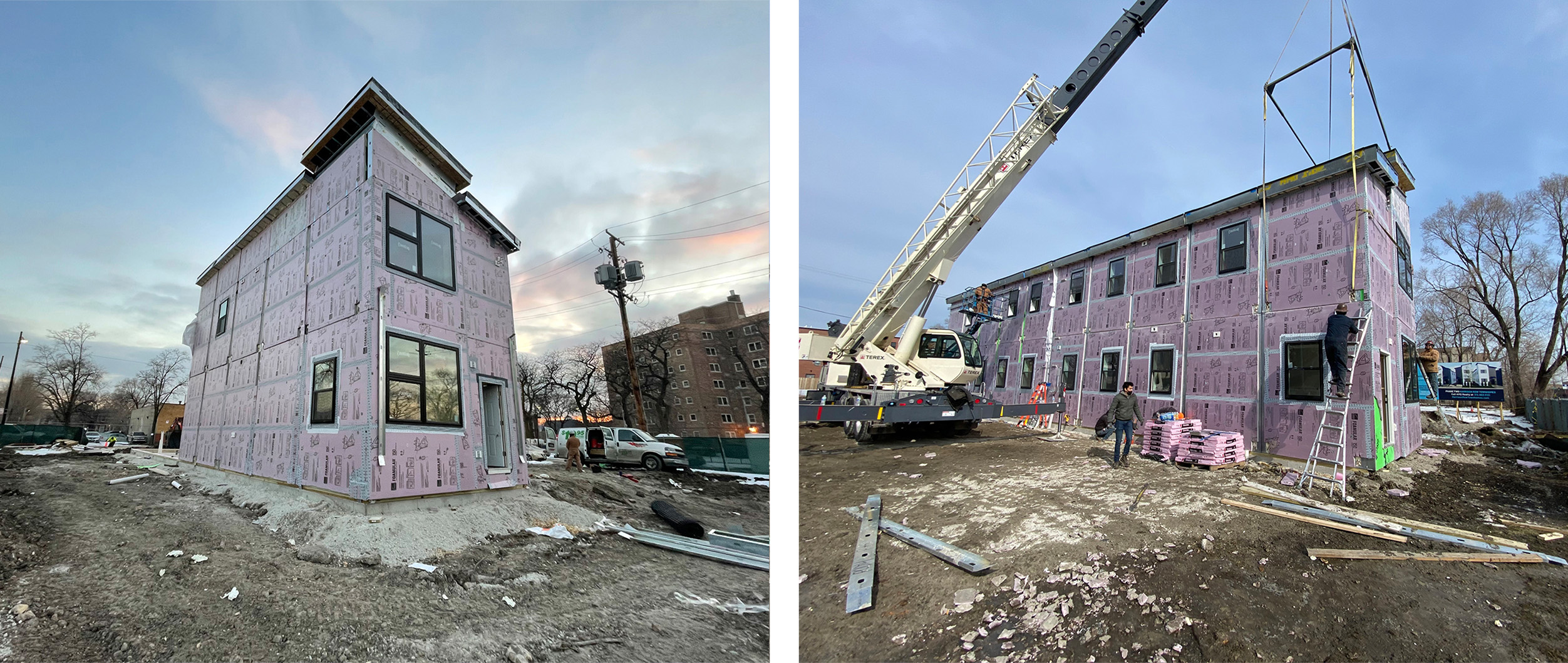
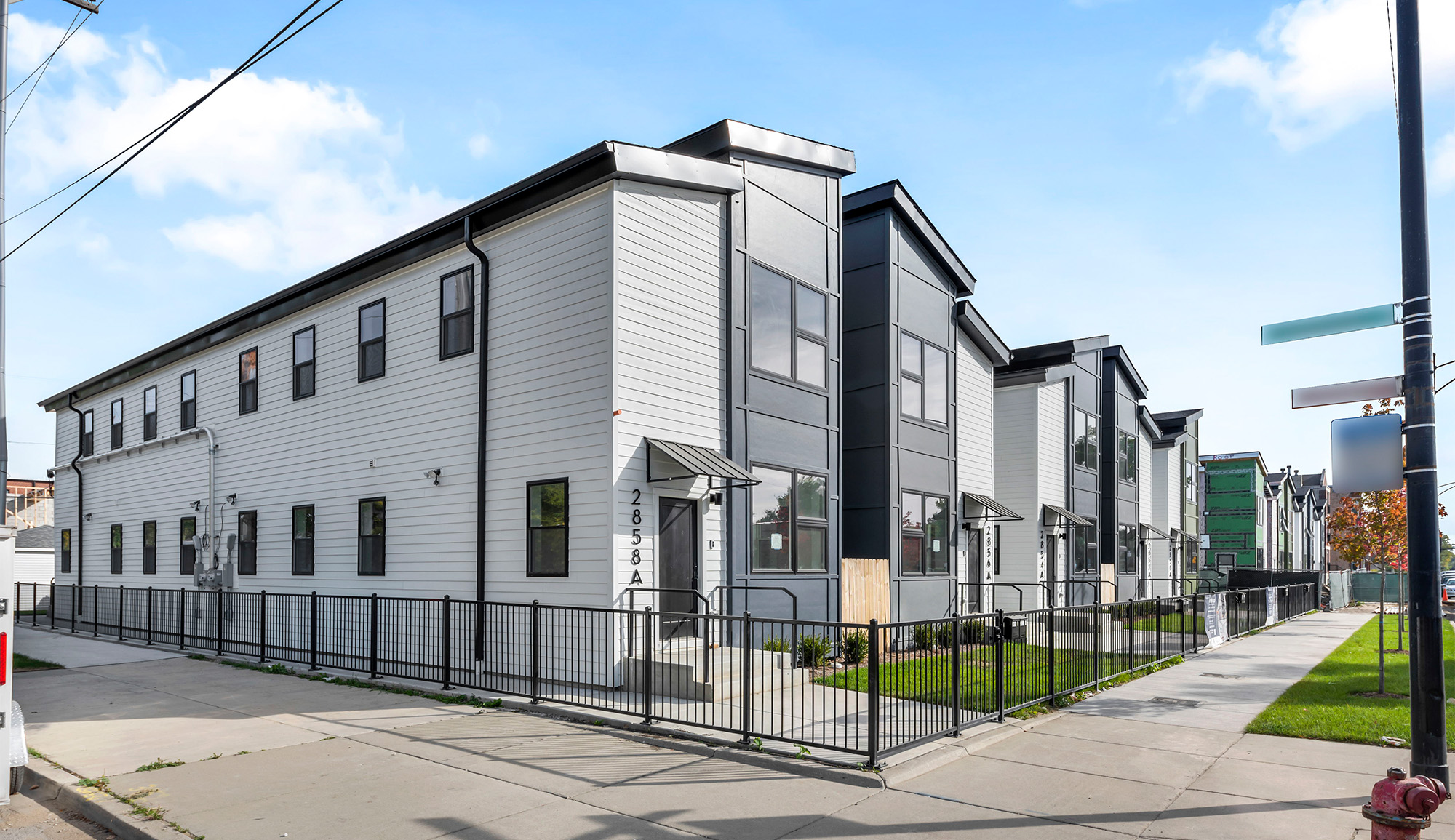
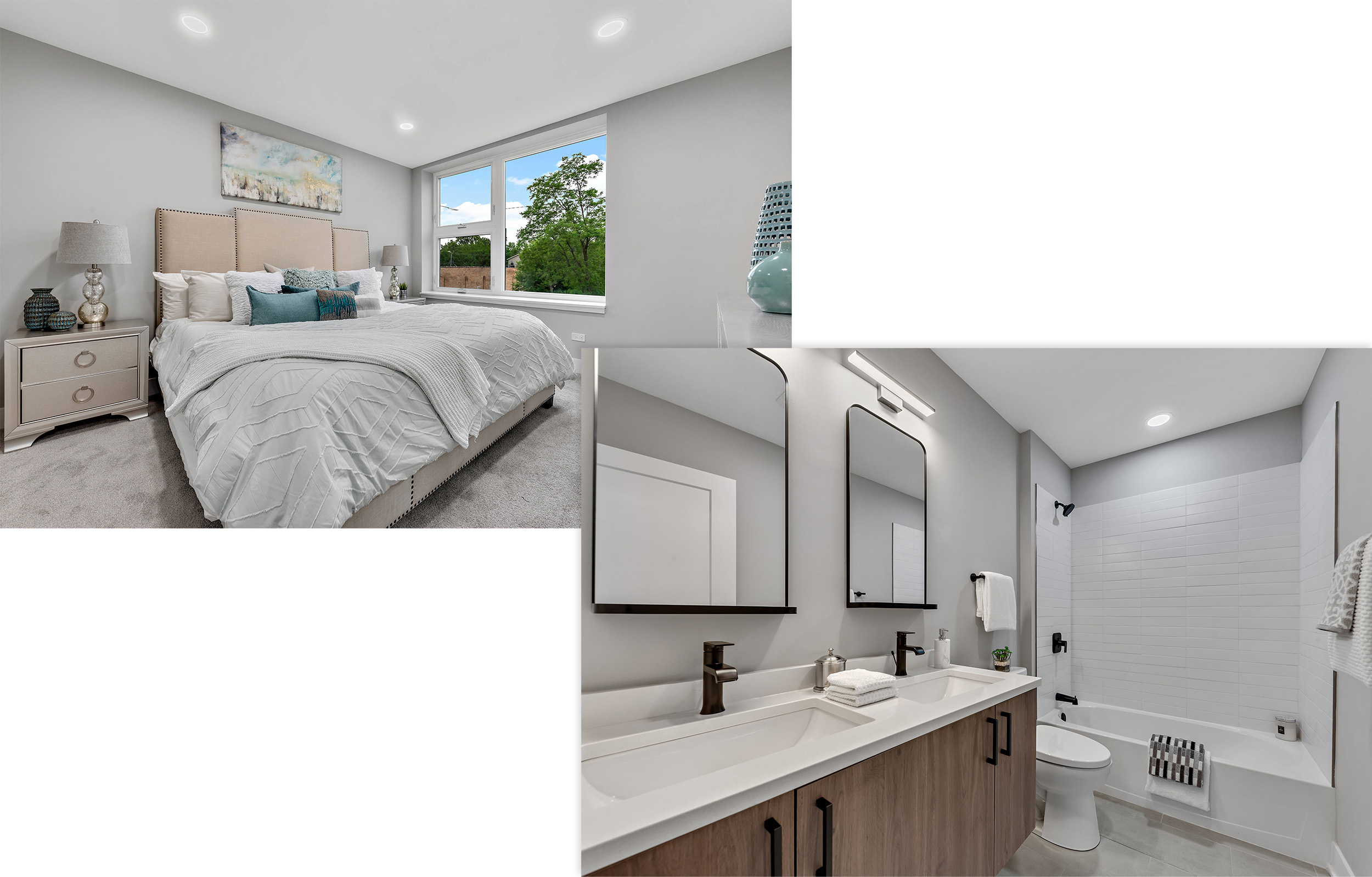
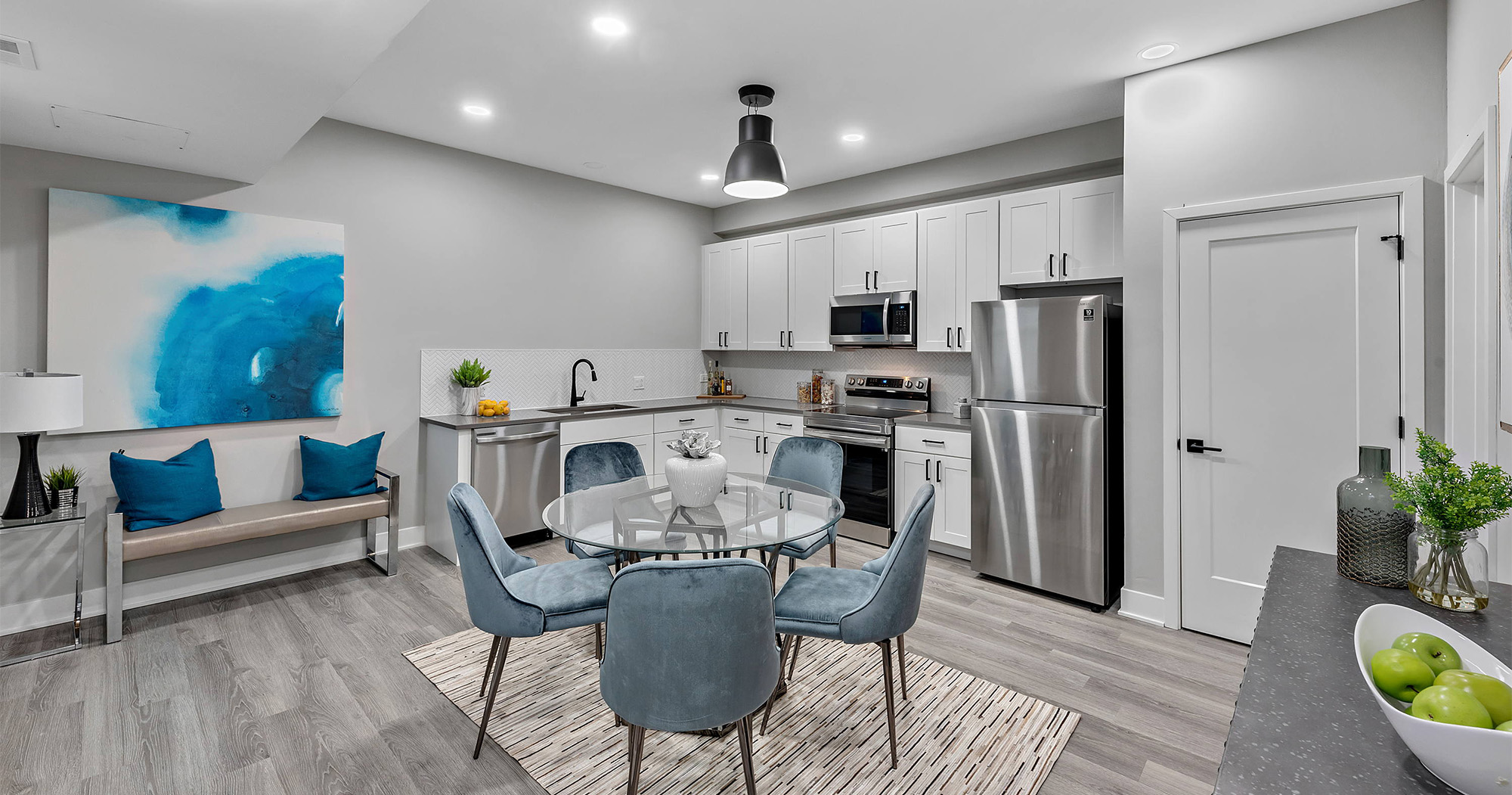
425 Grand Concourse
Bronx, N.Y.
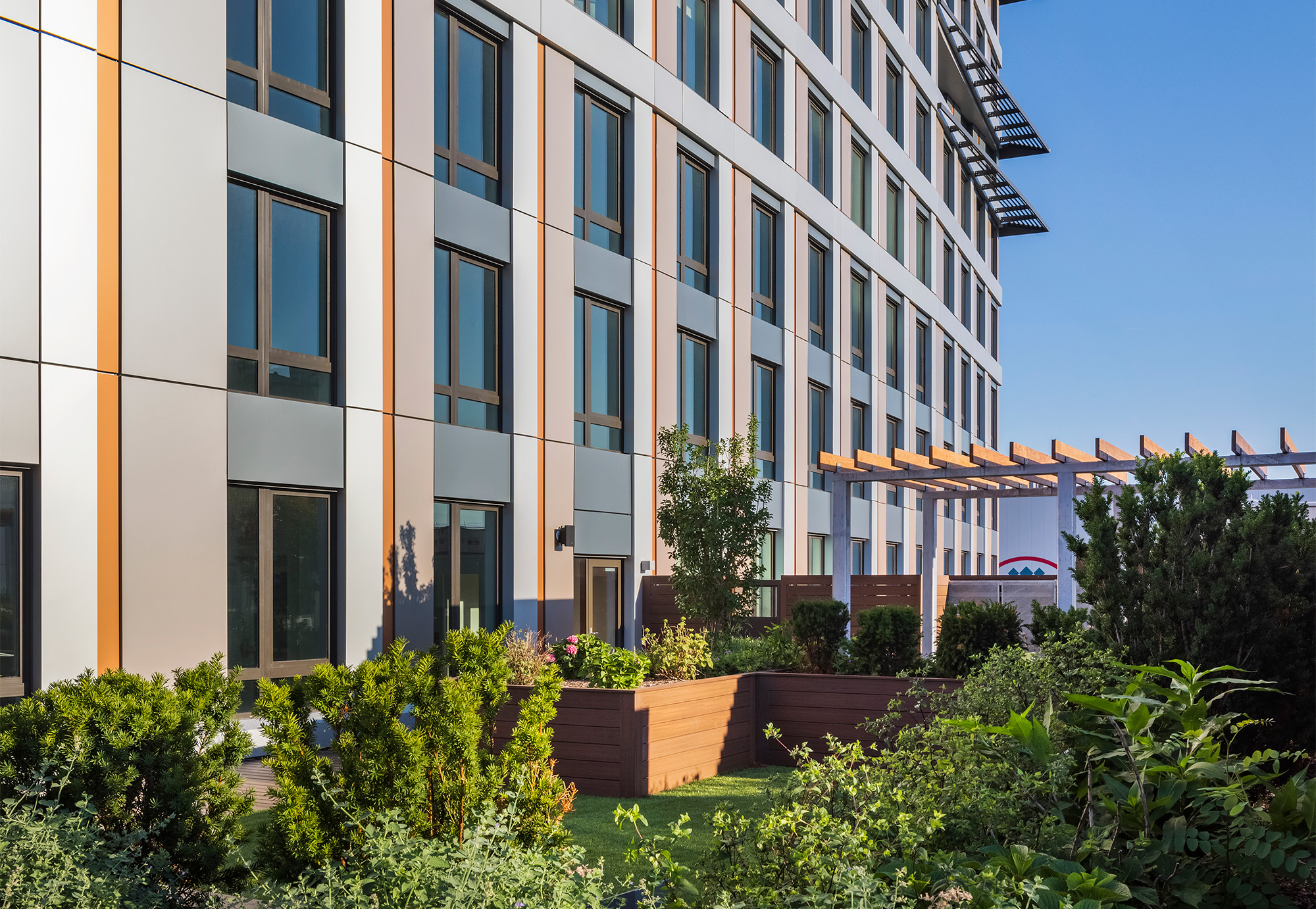
425 Grand Concourse, located in the Bronx, N.Y., is the largest Passive House project in North America to date. At 300,000 sf, Grand Concourse contains 277 affordable housing units (on an income tier basis), a medical facility, supermarket, community support space, and a new student services center for CUNY Hostos, the public community college.
The mixed-use development includes approximately 1,000 REHAU uPVC windows designed to meet PHIUS thermal goals. Built to Passive House standards, the building will consume up to 70% less energy than conventional housing projects, according to the project team. Grand Concourse provides a model for healthy living environments in a district with one of the worst childhood asthma rates in the country (due to high air pollution from heavy traffic and nearby waste transfer stations). Its PHIUS-certified design minimizes the release of harmful, asthma-triggering combustion gasses for tenants.
The building offers residents a wide variety of amenities including a recreation room, landscaped roof terrace, a lounge space, fitness room, laundry rooms, and bike storage. An additional benefit to the tenants at 425 Grand Concourse is that as a part of the development, an online “dashboard” was designed by Bright Power so tenants can—in real-time—review their current energy consumption and compare it with the average building readings.
On the Building Team:
Developer: Trinity Financial and MBD Community Housing Corporation
General Contractor: Monadnock Construction
Architect: Dattner Architects
MEP: Dagher Engineering
Passive House Consultant: Steven Winter Associates, Inc.
Window Manufacturer: Starr Windows & Doors, Inc.
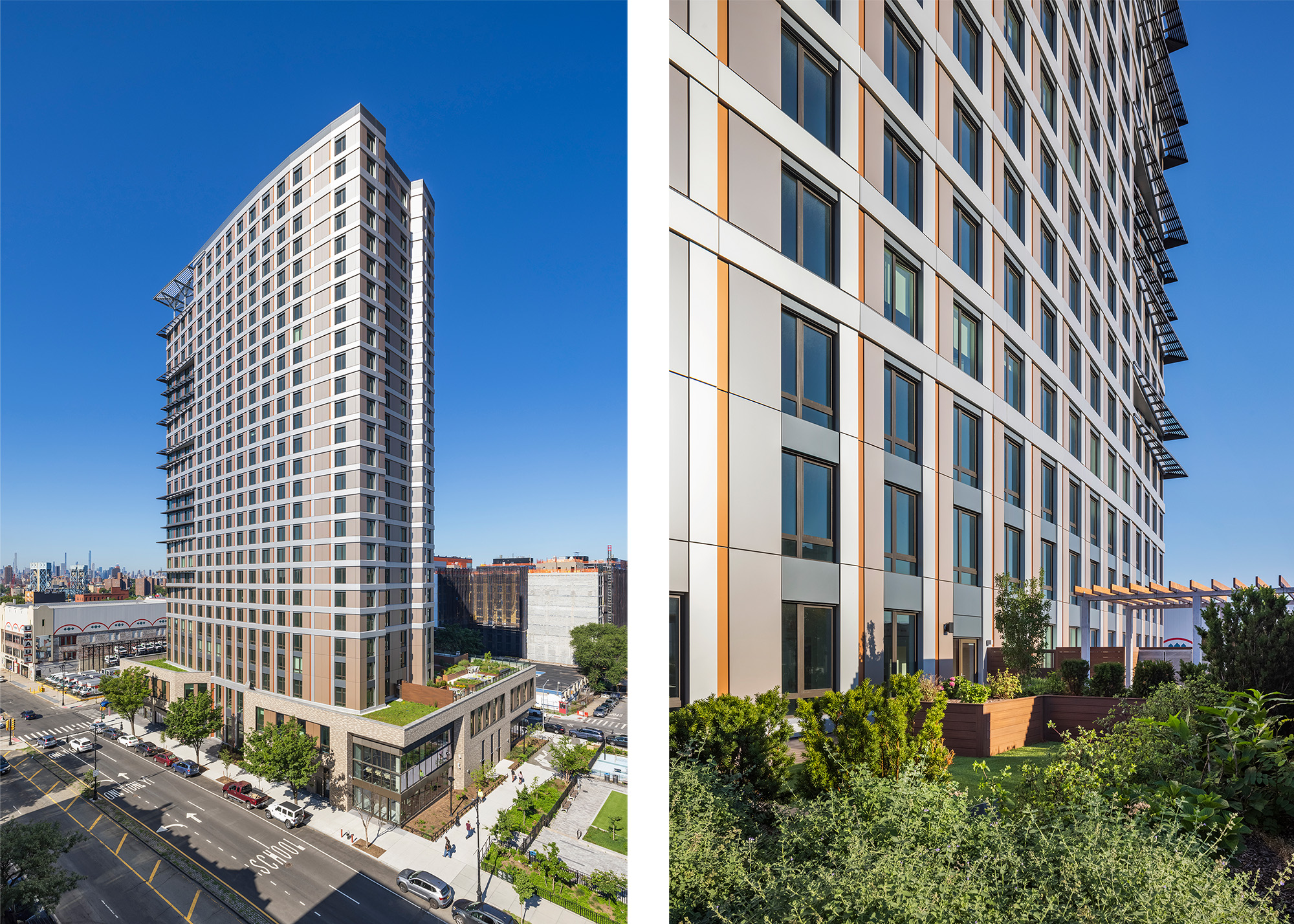
Related Stories
Urban Planning | Jun 15, 2023
Arizona limits housing projects in Phoenix area over groundwater supply concerns
Arizona will no longer grant certifications for new residential developments in Phoenix, it’s largest city, due to concerns over groundwater supply. The announcement indicates that the Phoenix area, currently the nation’s fastest-growing region in terms of population growth, will not be able to sustain its rapid growth because of limited freshwater resources.
Multifamily Housing | Jun 15, 2023
Alliance of Pittsburgh building owners slashes carbon emissions by 45%
The Pittsburgh 2030 District, an alliance of property owners in the Pittsburgh area, says that it has reduced carbon emissions by 44.8% below baseline. Begun in 2012 under the guidance of the Green Building Alliance (GBA), the Pittsburgh 2030 District encompasses more than 86 million sf of space within 556 buildings.
Industry Research | Jun 15, 2023
Exurbs and emerging suburbs having fastest population growth, says Cushman & Wakefield
Recently released county and metro-level population growth data by the U.S. Census Bureau shows that the fastest growing areas are found in exurbs and emerging suburbs.
Mixed-Use | Jun 6, 2023
Public-private partnerships crucial to central business district revitalization
Central Business Districts are under pressure to keep themselves relevant as they face competition from new, vibrant mixed-use neighborhoods emerging across the world’s largest cities.
Multifamily Housing | Jun 6, 2023
Minnesota expected to adopt building code that would cut energy use by 80%
Minnesota Gov. Tim Walz is expected to soon sign a bill that would change the state’s commercial building code so that new structures would use 80% less energy when compared to a 2004 baseline standard. The legislation aims for full implementation of the new code by 2036.
Multifamily Housing | Jun 1, 2023
Income-based electric bills spark debate on whether they would harm or hurt EV and heat pump adoption
Starting in 2024, the electric bills of most Californians could be based not only on how much power they use, but also on how much money they make. Those who have higher incomes would pay more; those with lower incomes would see their electric bills decline - a concept known as income-based electric bills.
Multifamily Housing | May 30, 2023
Boston’s new stretch code requires new multifamily structures to meet Passive House building requirements
Phius certifications are expected to become more common as states and cities boost green building standards. The City of Boston recently adopted Massachusetts’s so-called opt-in building code, a set of sustainability standards that goes beyond the standard state code.
Multifamily Housing | May 23, 2023
One out of three office buildings in largest U.S. cities are suitable for residential conversion
Roughly one in three office buildings in the largest U.S. cities are well suited to be converted to multifamily residential properties, according to a study by global real estate firm Avison Young. Some 6,206 buildings across 10 U.S. cities present viable opportunities for conversion to residential use.
Multifamily Housing | May 19, 2023
Biden administration beefs up energy efficiency standards on new federally funded housing
The Biden Administration recently moved to require more stringent energy efficiency standards on federally funded housing projects. Developers building homes with taxpayer funds will have to construct to the International Energy Conservation Code (IECC) 2021 for low-density housing and American Society of Heating, Refrigerating and Air-Conditioning Engineers ASHRAE 90.1 for multi-family projects.
Affordable Housing | May 17, 2023
Affordable housing advocates push for community-owned homes over investment properties
Panelists participating in a recent webinar hosted by the Urban Institute discussed various actions that could help alleviate the nation’s affordable housing crisis. Among the possible remedies: inclusionary zoning policies, various reforms to increase local affordable housing stock, and fees on new development to offset the impact on public infrastructure.


